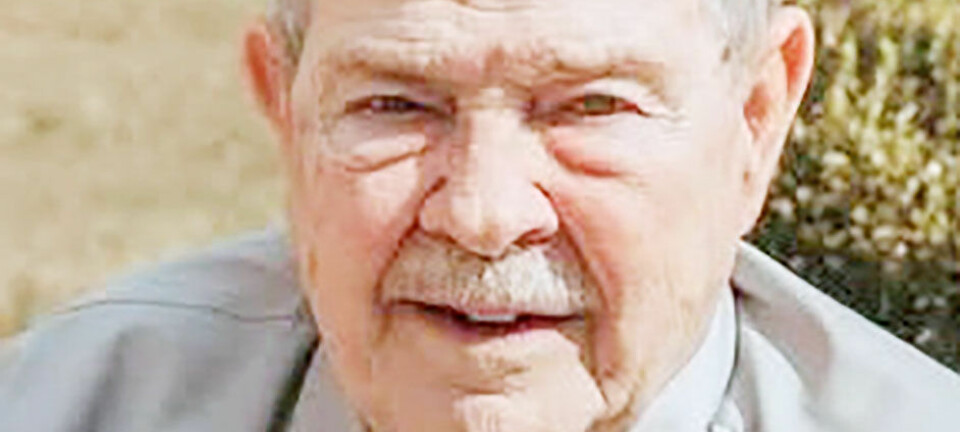Harrison News-Herald Staff Writer
Over 230 churches in the East Ohio Conference of the United Methodist Church have voted to disaffiliate from the main denomination this year, with nearly 50 of these being in the Ohio Valley District, where Harrison County is located.
This is part of a larger, nation-wide trend of churches separating themselves from the larger denomination. Nationally, more than 5,000 Methodist churches in the U.S. have voted to disaffiliate.
Kelly Brown, district superintendent for the UMC in the region, explained to the News-Herald that this large-scale disaffiliation was the outcome of ongoing debates within the denomination, regarding marriage and ordination for LGBTQ members of the UMC.
“Human sexuality had been a discussion for many years,” Brown said. “And that discussion finally became unhealthy, so in 2019 they met as a general conference to vote on the issue, and what came out of that was an opportunity to leave the denomination if you disagreed on its stance on human sexuality.”
Although the majority of the churches that are leaving are doing so on the basis of more conservative beliefs and practices, the option to disaffiliate was initially created by conservative-leaning delegations to accommodate more progressive congregations, following the UMC’s 2019 prohibitions around LGBTQ pastors and weddings.
Lovett H. Weems Jr., senior consultant at the Lewis Center for Church Leadership, in an article for the Lewis Center for Church Leadership, explained that, in general, disaffiliating churches are less likely to have an active elder as pastor, and more likely to have a male pastor.
These churches overwhelmingly have a majority white membership, are overwhelmingly in the South, and tend to be located in less heavily populated counties.
The provisions the conference set up for disaffiliation do not allow churches to leave for just any reason. For instance, if they are angry at their leadership, that wouldn’t be considered a legitimate reason to go through the disaffiliation process. They can only leave due to disagreements on issues of human sexuality.
Brown said that the reason many conservative churches are voting to leave is that there have been suggestions that the UMC might pivot toward a more progressive stance on human sexuality issues in the near future.
Overall, Brown said, of the UMC church in the US “about 20% have disaffiliated.” Of Harrison County’s UMC churches, only two are opting to stay: Scott Memorial in Cadiz, and the Scio UMC.
The conference set a Dec. 31 deadline for churches that want to leave, but a lot of processes were delayed or postponed due to the pandemic, which is the likely reason why the UMC is seeing so many churches leave now. By contrast, only one church in the Ohio Valley district opted to leave in 2020, and another left in 2021. In 2022, 11 churches in the district voted to leave.
One Harrison County church that voted to leave, the Deersville Faith and Fellowship Church, had been known as the Deersville United Methodist Church since 1883. Melvin Allen of the Faith and Fellowship Church shared with the News-Herald that their church started the disaffiliation procedure back in January, and their new status was made official on July 1.
“The decision was made on the part of the entire congregation,” Allen said. “There was a vote taken to ‘secede from the union’ if you want to call it that.” While Allen said he does not know the final count, it was “almost unanimous” to disaffiliate.
When asked why they disaffiliated, Allen said that “the hierarchy of the Methodist church were not preaching what the Bible says and what we believe.”
Members of churches that have chosen to disaffiliate, and who are looking for a Methodist church to attend, can seek out “lighthouse churches” where people looking for a new church home can visit and experience community.
“We want everyone to know, if they’re looking for a spiritual home, the UMC is still there and still available,” said Brown. He also explained that they will be establishing “oasis communities,” where people can gather, maybe at a library or restaurant, just as places for people to be connected. “We don’t want anybody to feel lost,” he said. Scio UMC is designated on the East Ohio website as a lighthouse church for Harrison County.
Gary Barker is the administrative board chairman for Scott Memorial UMC in Cadiz. Barker told the News-Herald that when the issue of disaffiliation was raised, the church followed the prescribed protocol: “We had a vote, so we decided not to disaffiliate, nothing has changed, the discipline is the same.”
According to the UMC’s website (www.umc.org) the three minimum requirements for a church to disaffiliate are:
• a decision to disaffiliate by a two-thirds majority of the professing members present at a church conference (not charge conference);
• the payment in full of two years of that congregation’s apportionment commitment as set by the conference; and
• the payment in full of the congregation’s pro-rata share of the conference’s pension liability, based on a formula approved by the annual conference.
Some steps in the process include getting a nonprofit number from the federal government, getting their own name, being approved by the secretary of state, and creating bylaws, as well as a new constitution and mission statement. The process is costly as well as onerous. The church in Deersville paid over $18,000 to separate.
Brown said that he was worried that some of the small rural churches might not be able to survive disaffiliation. “There is a safety net. A lot of these churches are stretching themselves financially, when they disaffiliate themselves from that safety net and go out on their own,” he said.
For churches that vote to remain, not much will change. As Barker said of Scott Memorial in Cadiz: “nothing has changed. Methodism has been strong in Harrison County for 200 years.”

































































